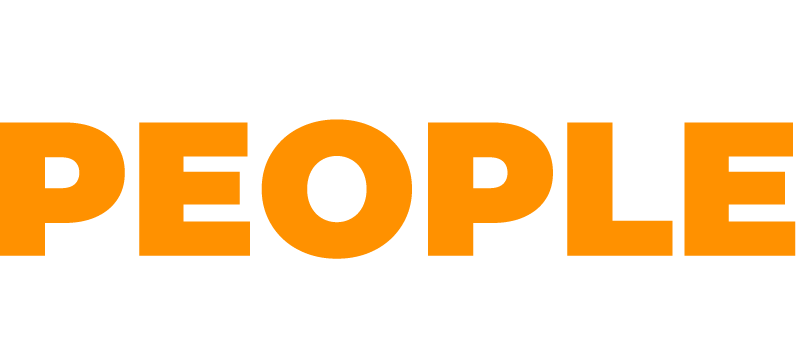
Prosperity:
Harness Technology Safely
“Technology is usually fairly neutral. It’s like a hammer, which can be used to build a house or to destroy someone’s home. The hammer doesn’t care. It is almost always up to us to determine whether the technology is good or bad.”
— Author Noam Chomsky
The Issue
Technology has rapidly expanded our collective potential, but it also has raised the risks of life in an unprecedented way. The rise of artificial intelligence is a double-edged sword of remarkable innovation and unprecedented disruption. Through thoughtful policies and proactive measures, we must ensure that technological advancement always serves societal well-being.
What I’ve Done So Far
As a local leader, I have balanced the need to elevate and connect our communities with the need to mitigate the disruptive and unintended consequences of new technology. During our county's 5G rollout, I successfully advocated for important consumer protections. Recognizing the widening gap in digital access, I voted for funding to bridge the digital divide in Montgomery County. As a member of the Education and Culture Committee, I collaborated with MCPS during the pandemic to ensure all our students had access to wireless internet and essential technology. Working hand in hand with the ACLU, I took a stand against invasive surveillance, successfully opposing a proposal for overhead cameras on our county roads.
What I Will Do in the Senate
-
Artificial Intelligence holds immense promise, but its evolution must be accompanied by ethical considerations and societal safeguards. As we harness the power of AI, we must establish clear guidelines that prevent misuse while ensuring that this technology augments human potential and serves the common good. I wholeheartedly support President Biden’s Blueprint for an AI Bill of Rights, which focuses on five critical areas of AI: safe and effective systems; algorithmic discrimination protections; data privacy; notice and explanation; and human alternatives, consideration, and fallback.
-
It's time to recognize and rectify the disparities in digital access. Whether it's a student struggling with online classes or a senior unable to access telehealth services, the digital divide affects so many. By investing in infrastructure and promoting digital literacy, we can ensure that every person can participate fully in our connected world.
